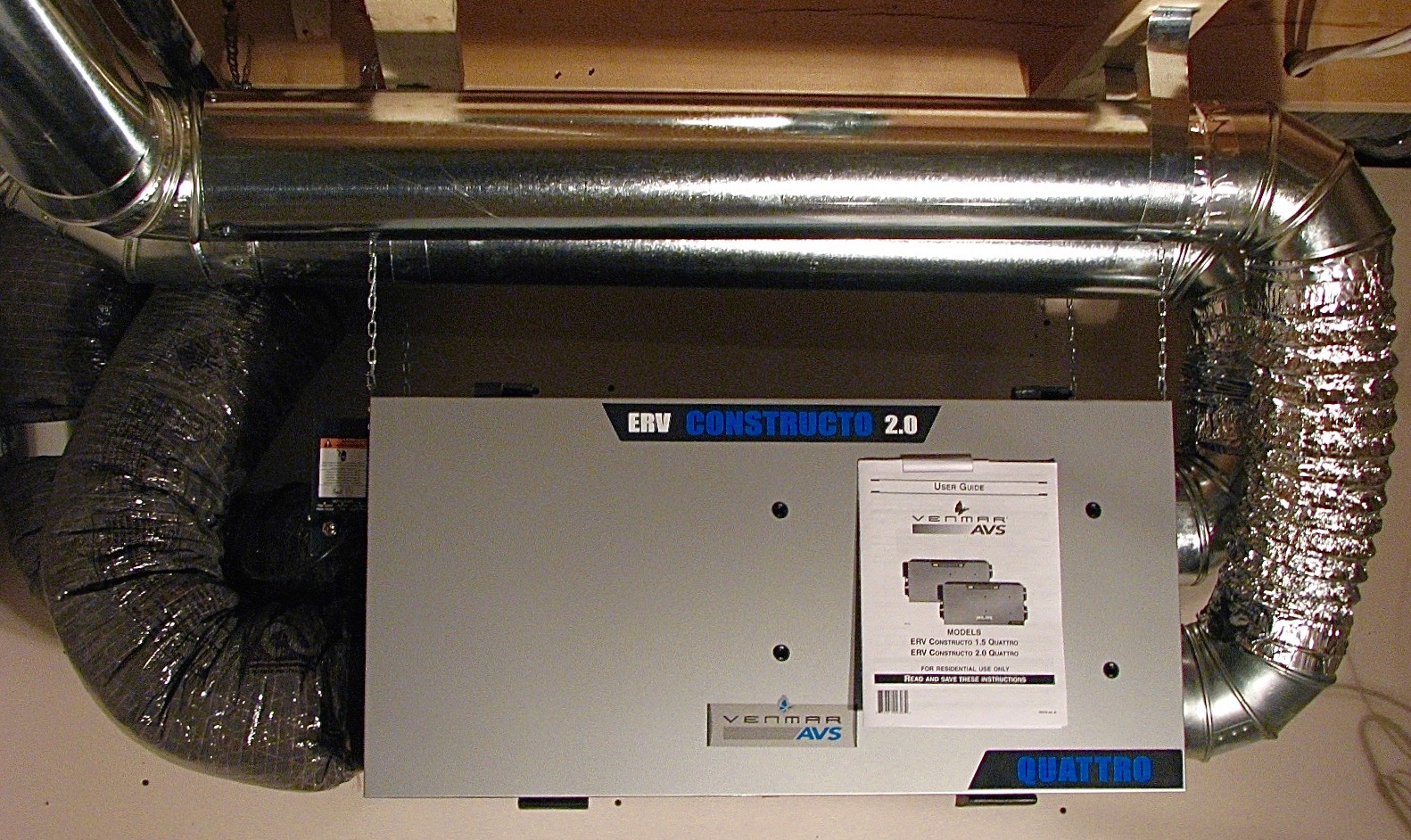How HRV Creates a Healthier Indoor Living Environment
Wiki Article
The All-Inclusive Guide to the Uses of Heat Recovery Ventilation in Modern Buildings
Heat Recovery Ventilation (HRV) systems stand for a considerable improvement in developing technology (HRV Heat Recovery Ventilation). They give an approach for trading stagnant indoor air with fresh outside air while minimizing power loss. This method not only improves interior air high quality yet also contributes to energy performance in both property and industrial buildings. Comprehending the different applications and advantages of HRV can reveal its essential function in contemporary layout and sustainability efforts. The effects of this innovation are worth checking out betterRecognizing Heat Recovery Ventilation Solutions

Although many contemporary structures focus on power effectiveness, understanding warmth recuperation ventilation (HRV) systems is crucial for enhancing indoor air top quality and decreasing power consumption. HRV systems work by transferring warm from stagnant interior air to incoming fresh air, successfully preserving comfy interior temperatures while lessening energy loss. These systems contain a warm exchanger, fans, and ductwork that assist in the circulation of air. Throughout winter months, HRV systems record and recycle heat from the outbound air, while in summertime, they can aid cool incoming air. By constantly exchanging air, HRV systems also minimize moisture and the focus of interior pollutants. Proper installation and maintenance of HRV systems are necessary for their efficiency and effectiveness in enhancing overall building efficiency and comfort.
Advantages of Heat Recovery Ventilation
Heat recovery ventilation systems offer numerous benefits that improve both power performance and indoor air high quality in modern structures. By catching and reusing power from exhaust air, these systems significantly decrease cooling and heating expenses, bring about reduced power intake. Additionally, they preserve a stable circulation of fresh exterior air, lessening the threat of interior air toxins and irritants. This continual exchange assists manage humidity degrees, avoiding mold and mildew growth and making sure a much healthier living atmosphere. In addition, HRV systems contribute to sustainability goals by lowering total carbon footprints. Their ability to maximize ventilation without giving up thermal comfort makes them a beneficial addition to contemporary structure layout, promoting both financial and ecological benefits.Applications of HRV in Residential Structures
As property owners increasingly focus on power effectiveness and indoor air top quality, the applications of heat recuperation air flow (HRV) systems in domestic structures have actually ended up being much more prevalent. HRV systems are specifically beneficial in tightly sealed homes, where keeping fresh air blood circulation is crucial for protecting against wetness buildup and indoor pollutants. They properly transfer warmth from outgoing stagnant air to incoming fresh air, reducing energy expenses associated with heating & cooling. In addition, HRVs can boost convenience levels by regulating humidity and temperature. They are likewise versatile for numerous residential layouts, consisting of single-family homes and multi-unit structures. On the whole, incorporating HRV systems supports sustainable living methods while guaranteeing a healthier interior atmosphere for passengers.HRV in Industrial and Commercial Setups
In business and commercial setups, the application of warm healing ventilation (HRV) systems has actually ended up being increasingly crucial for optimizing energy performance and keeping air top quality. These systems successfully transfer heat from exhaust air to incoming fresh air, lowering the demand for extra heating or cooling. This not only decreases power costs however likewise adds to sustainability campaigns. Industries such as production, warehousing, and workplace buildings benefit considerably from HRV systems, as they assist regulate temperature level and moisture levels, guaranteeing a comfy and efficient atmosphere. Furthermore, HRV systems help in removing impurities and excess dampness, boosting indoor air top quality. As policies around air quality become more stringent, the adoption of HRV innovation is likely to expand, making it a vital component of modern commercial and industrial infrastructure.Future Fads in Heat Recovery Ventilation Modern Technology

Regularly Asked Questions
Exactly How Does Heat Recovery Ventilation Influence Indoor Air High Quality?
Heat recovery ventilation greatly improves interior air top quality by continually exchanging stale interior air with fresh outside air while recuperating energy. This process reduces pollutants, keeps ideal humidity degrees, and assures a healthier environment for occupants.Can HRV Systems Be Mounted in Existing Structures?
HRV systems can without a doubt be mounted in existing structures. Retrofitting may call for adjustments to ductwork and ventilation layouts, yet it substantially improves energy performance and interior air high quality, making it a practical option for older frameworks.What Upkeep Is Required for HRV Solutions?

Are There Certain Climates Where HRV Is Extra Efficient?
Heat recovery ventilation systems are especially reliable in environments with substantial temperature level distinctions in between periods. These systems maximize power effectiveness by recuperating heat from exhaust air, making them excellent for both chilly and moderately cozy atmospheres.How Do HRV Equipments Affect Energy Costs?

Report this wiki page